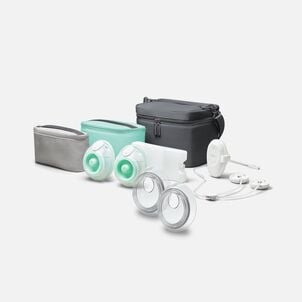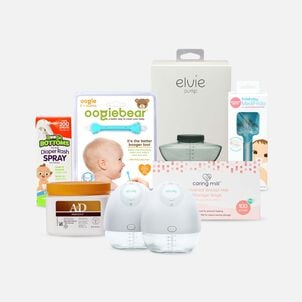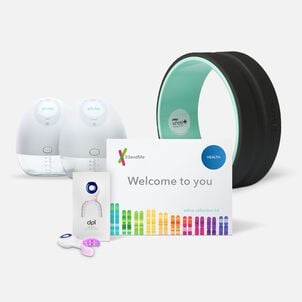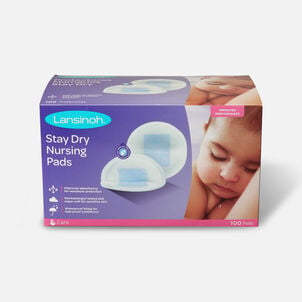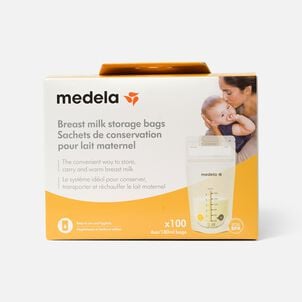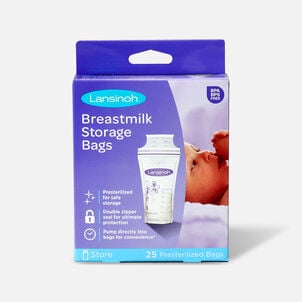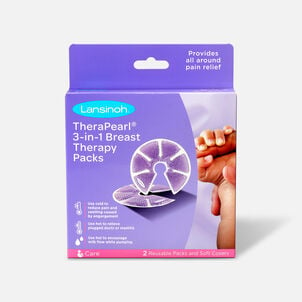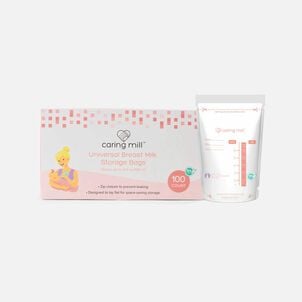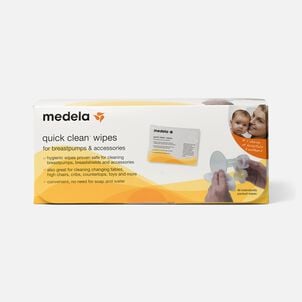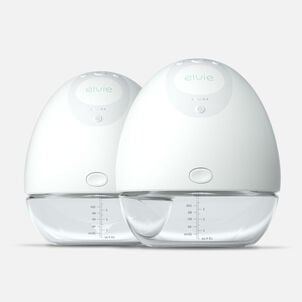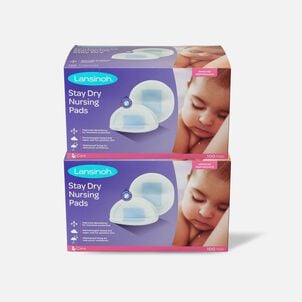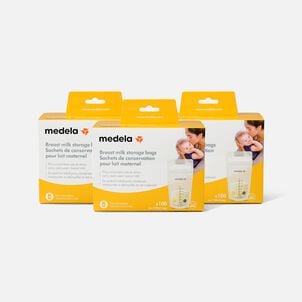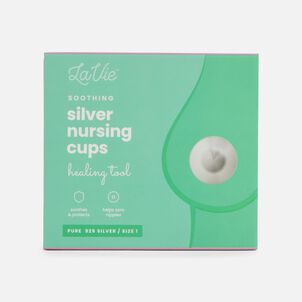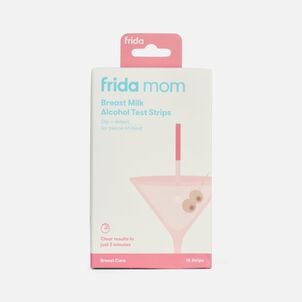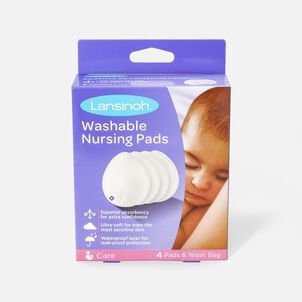The Complete FSA Eligibility List
Here it is — the most-comprehensive eligibility list available on the web. From A to Z, items and services deemed eligible for tax-free spending with your Flexible Spending Account (FSA), Health Savings Account (HSA), Health Reimbursement Arrangement (HRA) and more will be here, complete with details and requirements. Important Reminder: FSAs, HRAs and other account types listed may not all be the same. Be sure to check with your administrator to confirm if something is eligible before making a purchase.
Here it is — the most-comprehensive eligibility list available on the web. From A to Z, items and services deemed eligible for tax-free spending with your Flexible Spending Account (FSA), Health Savings Account (HSA), Health Reimbursement Arrangement (HRA) and more will be here, complete with details and requirements. Important Reminder: FSAs, HRAs and other account types listed may not all be the same. Be sure to check with your administrator to confirm if something is eligible before making a purchase.
Breast Pump: FSA Eligibility
Breast Pump: eligible with a Flexible Spending Account (FSA)FSA Eligible Nursing Supplies
Breastfeeding storage, products and supplies are all eligible as they are required for assistance with breastfeeding.
What are breast pumps used for?
Breastfeeding for the first six months of a child's life is strongly recommended by the American Academy of Pediatrics , but mothers are not always able to be present for each feeding for myriad reasons. As such, new mothers who are committed to providing optimal nutrition to their newborns through breastfeeding will turn to a large selection of breast pumps and supplies to extract and store breast milk for future use.
In addition to extracting and storing breast milk, breast pumps also have a number of vital roles as a mother begins her breastfeeding regimen. First, the pumps can be used to stimulate milk production, collect milk for premature babies who may be unable to nurse, to relieve the pain and pressure on engorged breasts and to keep a milk supply steady if a mother is taking a type of medication that could be potentially harmful to a baby.
How does a breast pump work?
Breast pumps are available in two main variants: manual and electronic designs. Both of these items work under the same principles of placing a breast phalange (or shield) over each nipple. Whether the product is cranked manually or turned on electronically, suction is applied to each area to extract the milk, which is then collected in an adjoined breast milk storage bottle and bag. However, the biggest difference between manual and electronic breast pumps is time: electronic pumps typically take about 15 minutes to pump both breasts, while manual pumps can take as long as 45 minutes (U.S. Food and Drug Administration).
Breast pumps are designed to replicate the gentle sucking action of a newborn, so they should not cause pain or discomfort during operation. In addition to the pumps, some mothers may consider hands-free pumping bras that keep the phalanges in place during the pumping process, so mothers can perform other activities like reading, watching TV or talking on the phone while finishing the pumping process. It's important to remember that all of these parts and storage containers must be thoroughly cleaned after each use to prevent any bacteria from forming and potentially putting a child at risk.


